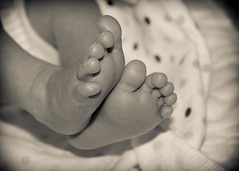
As an American who is well under 50, I wasn’t too pleased to read a New York Times’ article published this week.
Younger Americans die earlier and live in poorer health than their counterparts in other developed countries, with far higher rates of death from guns, car accidents and drug addiction, according to a new analysis of health and longevity in the United States.
Researchers have known for a while that the United States fares poorly when compared against other rich countries. But, most of this research has focused on the health of people of older ages. This new study, conducted by a panel of experts convened by the Institute of Medicine and the National Research Council, is the first to systematically compare death rates and health measures for people of all ages.
As the NYT article put it, the findings were stark. American men ranked last in life expectancy among the 17 countries in the study, and American women ranked second to last.
Deaths before age 50 accounted for about two-thirds of the difference in life expectancy between males in the United States and their counterparts in 16 other developed countries, and about one-third of the difference for females.
Car accidents, gun violence, and drug overdoses were major contributors to years of life lost by Americans under age 50. According to the study, 69% of all American homicide deaths in 2007 involved firearms, compared to an average of 26% in other countries. Americans also had the highest infant mortality rate, and its young people had the highest rates of teen pregnancy, sexually transmitted diseases, and deaths from car crashes. In addition, Americans lose more years of life before age 50 to alcohol and drug abuse than people in any of the other countries in the study.
“The bottom line is that we are not preventing damaging health behaviors,” said Samuel Preston, a demographer and sociologist at the University of Pennsylvania, who was on the panel. “You can blame that on public health officials, or on the health care system. No one understands where responsibility lies.”
To read more of the lengthy coverage of the article, click here.








